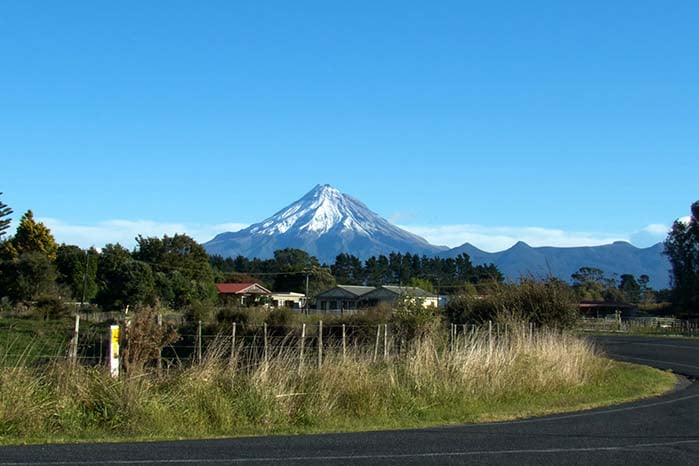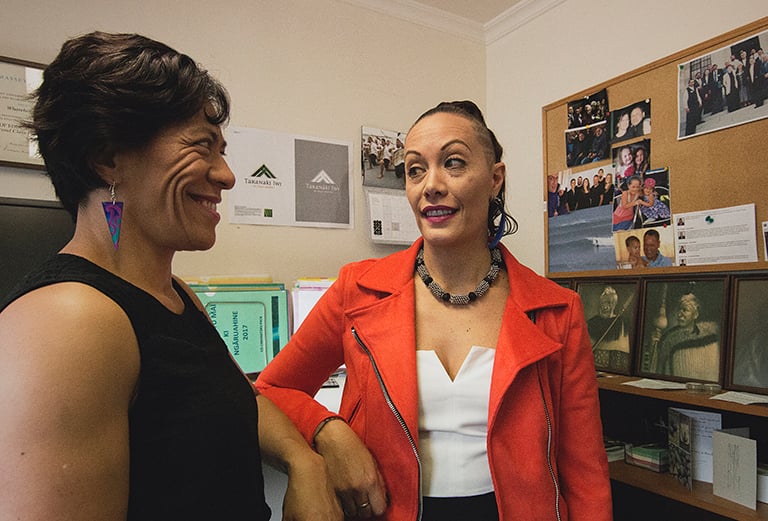Related Posts

High Court Decision Strengthens Caselaw Upholding Tikanga As Unique Source Of Law

What Are My Responsibilities As A Trustee Of A Māori Land Trust?

Tax Treatment Of Māori Authorities

Law changes for rates and Māori land

Peter Ellis appeal: treatment of tikanga Māori within our legal system

A recent High Court decision1 has strengthened the body of caselaw which upholds tikanga as a unique source of law.
The issues involved are ground-breaking and concern history, tikanga, the Treaty settlement process, and the extent to which the Court should intervene in all of those arenas. This has wide-ranging implications for iwi and hapū, as well local government.
Facts of the case
The judgment was issued on 28 April 2022 by Justice Palmer in relation to an application by Ngāti Wātua Ōrākei, who sought a declaration from the Court that they hold ahi kā and exclusive mana whenua in relation to specified land in central Tāmaki Makaurau (Auckland). The application was opposed by other iwi from the Marutūāhu Rōpū, Ngāi Tai ki Tāmaki and Te Ākitai Waiohua. The case has been on-going for several years and is likely to continue
Tikanga as a unique source of law
Although the judgment did not dramatically develop existing cases regarding tikanga, it clearly identified a trajectory in the caselaw which upholds tikanga and tangata whenua rights.2
Justice Palmer listed eight recent cases which discuss tikanga and he referred to the recent Taranaki case at the Supreme Court (Trans-Tasman Resources Ltd v Taranaki-Whanganui Conservation Board et. al) as the most authoritative case to date.3 He concluded that “[t]ikanga and the Crown’s residual or prerogative power are systems of internal self-regulation. Neither interferes with the legal effect of the other”.4 Further, that Courts do not and cannot make, freeze or codify tikanga. If a court approaches tikanga in a particular case, it must recognise tikanga on the basis of the evidence before it for the purpose of that case. 1
This is important because it suggests a heightened recognition of the self-regulating scope of tikanga. However the judgement did not address the full extent to which tikanga could displace Crown law in certain settings, and whether tikanga may operate as an almost “sui generis” category of law (a Latin legal term meaning “of its own kind”). This appears to be a question ripe for further consideration.
Tikanga as procedural law
The judgment also clarified that tikanga is a matter of both substantive law (i.e. the content of the tikanga norms) and also procedural law (i.e. the process by which tikanga is conducted).5 This confirms that in order to respect tikanga, it is necessary to conduct a process which respects tikanga (procedural law) and also applies tikanga norms (substantive law).
Given this, Justice Palmer chose not to issue any declarations on mana whenua status and instead deferred to a separate process out of the courtroom, governed by tikanga.6 If this is to establish a precedent, it suggests that in settings where differing tikanga is at stake, the first step could be to initiate a tikanga-led process. The judgement acknowledged a range of such tikanga processes, including: marae discussions;7 court appointed pūkenga experts;8 and referring the matter to the Māori Appellate Court under section 61 of Te Ture Whenua Māori Act 1993.9
Regarding a matter which will be familiar to anyone accustomed to pā life, the court noted that a tikanga process is typically more time intensive than expected in formal court proceedings.10 This is important because it is common for Crown entities to establish timeframes which do not account for decision making under tikanga which is often based on high-consensus participatory models.
Justice Palmer also clarified the standard of proof in identifying tikanga at the High Court. He declined to deploy a “balance of probabilities” standard which usually applies in civil litigation.11 Instead, he accepted that tikanga in fact is established by a dynamic consensus, evidenced by the ongoing practice of an iwi or hapū.12 Effectively, Justice Palmer recognised tikanga as living law as determined by the people living according to it.13
Tikanga as substantive law
On the question of identifying the content of tikanga as a matter of substantive law, Justice Palmer demonstrated a commitment to cultural sensitivity and self-awareness of the courts’ historical and systemic structural issues. Justice Palmer noted that if the court is required to settle contentious disputes on tikanga, there is a need for judges to exercise caution14, in particular due to the “inherently difficult task of transcending culturally-specific mindsets”.15
Justice Palmer concluded that “[i]n recognising tikanga, common law courts must hold ‘in check closely’ any unconscious tendency to see tikanga in terms of the English law heritage of New Zealand common law. They must be open to seeing tikanga on its own terms, as a distinct framework. I accept [the] submission that the Court must be mindful of the unique character of tribal tradition and practice engaged in any claim about tikanga. A court’s caution in approaching tikanga must be heightened when the content of tikanga is disputed within an iwi or hapū or between iwi or hapū”.16 This reflects the increased nuance in the courts’ jurisprudence around tikanga and respecting local customs.
Next steps
Implementing his own call for judicial caution, Justice Palmer decided to delay his determination on the content of tikanga and mana whenua status until the parties had the opportunity to engage in a court-assisted “tikanga-based resolution process” in an effort to come to a consensus on each other’s respective mana whenua status. In the interim, he sought further submissions from the parties regarding two draft declarations. Each draft declaration reflected the position of each party regarding their mana whenua status according to their own tikanga, which excluded the opposing party from any mana whenua status within the area under assessment.17
This begs the question of what the High Court will do if the parties cannot reconcile each other’s opposing tikanga through the court-assisted tikanga-based resolution process. Judge Palmer noted that there are different approaches under tikanga as to whether court processes are tikanga-consistent. However, the judgement suggests that the court may ultimately make the final call. “If tikanga-consistent resolution of a dispute about tikanga is not feasible, then recourse to a court may be appropriate as a matter of law. That necessarily follows from tikanga being part of New Zealand law. The quintessential function of courts is to determine disputes about law. That may include determining disputes about tikanga”.18
It follows that if the parties cannot resolve their disagreement around mana whenua status, they may be back in the High Court. The question is if they disagree with the final High Court judgment regarding mana whenua status, will they appeal all the way to the Supreme Court? While that could be years in the making, it would almost certainly herald a potentially epic judgement with constitutional ramifications.
Watch this space.
 Alison Anitawaru Cole
Alison Anitawaru Cole
Alison is a lawyer in our Te Tira Hau Ture, Resource Management and Litigation teams
Alison received her BA in Law with first class honours from Cambridge University and received the Henigson Human Rights Fellowship from Harvard Law School for her LLM masters in law.
She began her career in war crimes investigations with the United Nations International Tribunals, covering cases in Rwanda, the former Yugoslavia, Cambodia, and various countries throughout the Middle East and the African continent. Alison moved back to Aotearoa New Zealand to work as a Special Advisor on human rights for a commission of inquiry with the Department of Internal Affairs in 2017.
Alison is uri of Ngāruahine (Ngāti Tū), Ngāti Ruanui (Ngāti Tupaea), and Taranaki Whānui. She is passionate about te reo Māori and advancing tikanga-based partnerships.
alison.cole@gqlaw.nz | (06) 768 3911 | 027 286 2762
1: Ngāti Whātua Ōrakei v Attorney General [2022] (NZHC 843), paragraph 37
2: (NZHC 843), paragraphs 32-35, 64-66
3: (NZHC 843 at para 347), Trans-Tasman Resources v. Ngāti Ruanui et. al [2021] NZSC 127
4: (NZHC 843), para 65
5: (NZHC 843), para 362
6: (NZHC 843),paragraphs 363-365, 649
7, 10: (NZHC 843), para 364
8, 9: (NZHC 843), para 367
11: (NZHC 843), paragraphs 38, 380-390
12: (NZHC 843), para 383
13: (NZHC 843), paragraphs 370-371
14: (NZHC 843), paragraphs 371-378
15: (NZHC 843), para 373
16: (NZHC 843), para 377
17: (NZHC 843), paragraphs 44-50, 443-444
18: (NZHC 843), para 368

.png)

